| Gemstone Chart |
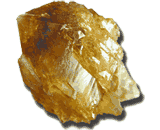 Natural Citrine Natural Citrine
Citrine is any quartz crystal or cluster that is yellow or orange in color. Although often cut as a gemstone, citrine is actually somewhat rare in nature.
Color: Yellow, orange
Categories: semi-precious stone
Chemical Composition: SiO2
Crystal Group: Trigonal
Refractive Index: 1.544-1.553
Hardness: 7
Occurrence: Brazil, Uruguay, Mexico, Russia, USA.
| 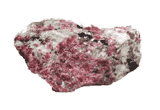 Natural Eudialyte Natural Eudialyte
eudialyte is a rare, plummy-red stone. Eudialyte's name comes from the Greek words "eu" and "dialytos", meaning "easy to dissolve" which refers to the mineral's solubility in acids.The stone's distinctive grey, black or white patterning gives each piece of jewelry a unique beauty.
Color: orange red
Categories: semi-precious stone
Crystal Group: Trigonal
Refractive Index: 1.596 - 1.602
Hardness: 5 - 6
Density: 2.88
Occurrence: Sweden; Kippaw,Canada
| 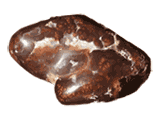 Natural Fire Agate Natural Fire Agate
Fire Agate is a variety of agate containing inclusions of goethite or limonite, it is a layered stone. The layers are small enough that light entering them forms interference colors known as "fire."
Color: Orange, green, purple, Red, blue, peacock
Categories: semi-precious stone
Chemical Composition: SiO2
Crystal Group: Trigonal
Refractive Index: 1.544 - 1.553
Hardness: 7
Density: 2.65
Occurrence: Central Mexico, Arizona USA
| 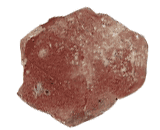 Natural Pezzottaite Natural Pezzottaite
Pezzottaite is a raspberry-red to pink member of the Beryl Group named after Dr. Federico Pezzotta. Discovered in Madagascar and IMA approved in 2003. It is one of the great new gem discoveries of the last 20 years.
Categories: semi-precious stone
Crystal Group: Trigonal
Refractive Index: 1.604 - 1.615
Density: 3.1
Occurrence: Madagascar, Afghanistan
|  Natural Quartz Natural Quartz
Quartz is the most common mineral on the face of the Earth. It is found in nearly every geological environment and is at least a component of almost every rock type.There are many different varieties of quartz, several of which are semi-precious gemstones.
Categories: semi-precious stone
Chemical Composition: SiO2
Crystal Group: Trigonal
Refractive Index: 1.544 - 1.553
Hardness: 7
Density: 2.65
| 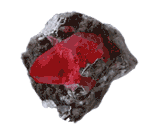 Natural Rhodochrosite Natural Rhodochrosite
Rhodochrosite is a manganese carbonate mineral with chemical composition MnCO3. The pink color of rhodochrosite is caused by the element manganese and it is formed when manganese is dissolved by ground water and combines with a carbonate material and then drips off the ceiling of caves and crevices deep underground.Rhodochrosite often forms pink and white bands. It is often carved into figurines or boxes while the tubular stalactite formations are often sliced for use in jewelry. Fine gem quality crystals are sometimes cut into gemstones for use in high end jewelry, but the more common grade is used extensively in silver and gold jewelry.
Color: Rose red, raspberry red, pink, grey, fawn, brown
Categories: semi-precious stone
Chemical Composition: MnCO3
Crystal Group: Trigonal
Refractive Index: 1.600 ĘC 1.820
Hardness: 4
Density: 3.45 ĘC 3.70
Occurrence: Argentina; Colorado, U.S.A.; Romania; Hungary; India; South Africa; Saxony, Chile; Peru; Mexico.
|
|
